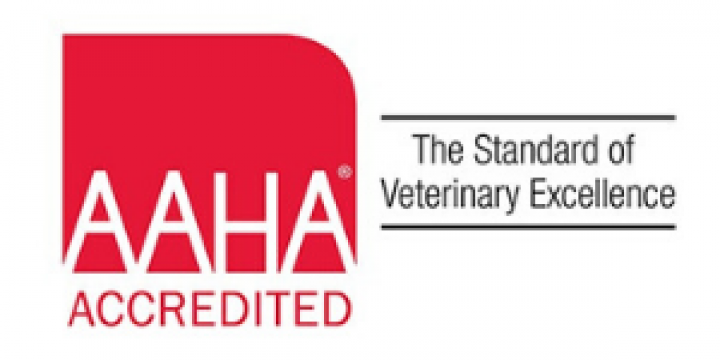Surgery isn’t usually our first thought, but sometimes surgery is the best, or maybe even the only alternative.
The Chastain Veterinary Medical Group maintains surgical equipment and facilities of the highest caliber. In addition, as accredited members of the American Animal Hospital association, we also adhere to the strict AAHA quality of care guidelines. As a result it is possible we might cost a little more than other veterinary establishments.
When a patient’s life may depend on the quality of the medical equipment or the level of nursing staff training, we cannot afford to take any chances and we won’t. With that you can rest assured. Having said that, we also feel that is essential that the medical care a pet receives reflect the pet owner’s love, insights, and personal preferences. Therefore, we will communicate with you at all times to make certain you are quite comfortable with the services provided and the costs involved.
At Chastain Veterinary Medical Group, in addition to routine spays and neuters, we are equipped to perform many types of surgical procedures. For example: removal of intestinal foreign bodies (balls, corks, pins, socks, etc.), repair of broken bones, removal of tumors, removal of bladder stones, cesarean sections, surgical correction of ear and eye deformities, reconstructive surgery (for repair of damage caused by auto injuries, bullets, or other animals) and so on. In fact, we can fix most of those things that can go wrong in your pet’s day-to-day “working” life as well as some of the serious things that happen naturally.
At Chastain Veterinary Medical Group, all of our surgical services include:
- A complete pre-surgical physical examination before anesthesia.
- Pre-op blood testing for increased patient safety. After all, our patients can’t talk.
- A screening electrocardiogram (ECG) for increased patient safety.
- An IV catheter and IV fluids during the procedures for increased patient safety and a speedier recovery.
- State-of-the-art anesthesia, using generally either sevofluorane or isofluorane.
- The surgical procedure itself.
- Use of a CO2 laser scalpel (where appropriate) because it produces less pain, less swelling and less bleeding.
- Individual patient monitoring by 1-2 trained veterinary nurses, during surgery and in recovery.
- Wholesome foods, fresh water, clean bedding, and lots of TLC.
- Pain relief medication during the procedure itself as well as some to go home with the pet, to help ensure a restful recovery for your pet.
- Cole laser therapy post-operatively when appropriate
- Return visits for re-check or suture removal, if required.

